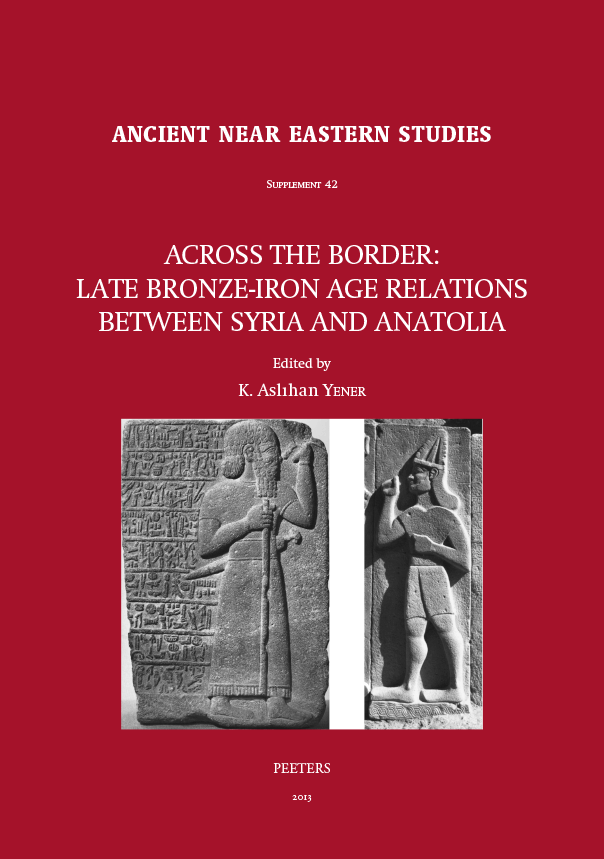

 0
EN
0
EN

One of the most intriguing issues facing archaeologists working in the second millennium BC is the collapse of Late Bronze Age palace economies and the rise of smaller principalities called the Iron Age kingdoms. Some of these kingdoms retain vestiges of the previous Hittite Empire while others represent an ethnic diversity of newly emerging centers of power. The decentralized kingdoms stretch from Cilicia to the Tigris River and are situated on both sides of the modern border of Syria and Turkey. Theories about this political transition have varied from environmental causes, internal dynastic squabbles in Hattusha, to marauding bands of mythical "Sea Peoples". Modern political realities across the border between Turkey and Syria have often minimized the flow of scholarly information about this important collapse. This book compares archaeological data from new as well as established excavations dating to the Late Bronze and Iron Ages. Special attention is given to significant new understandings of chronology that will contextualize the structural collapses at the end of the Late Bronze Age and will illuminate the rise of new Iron Age kingdoms and their imperial ambitions.



